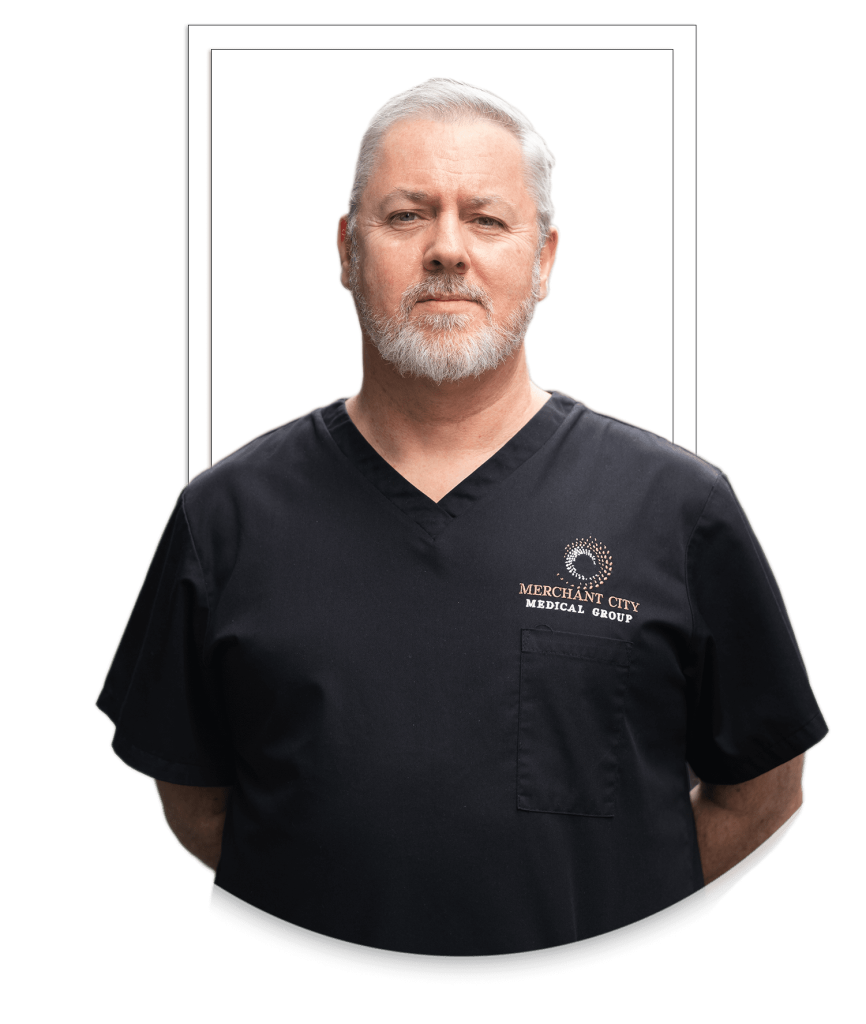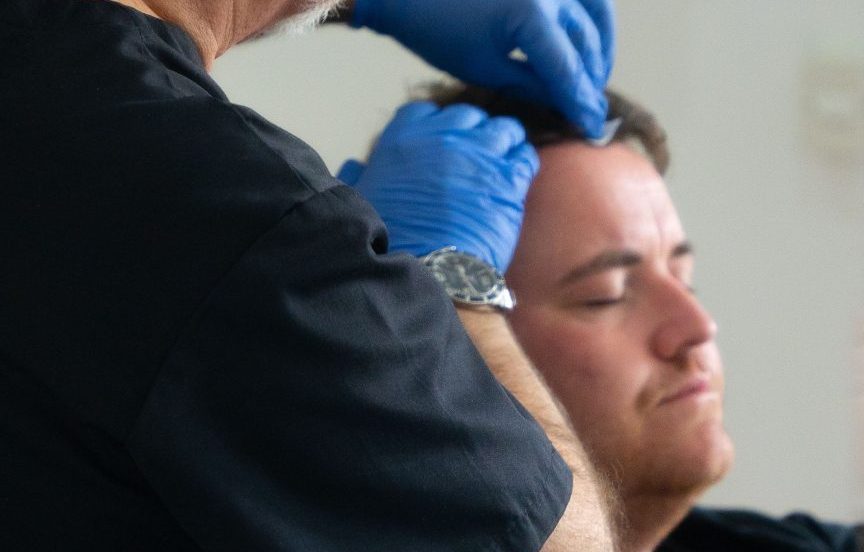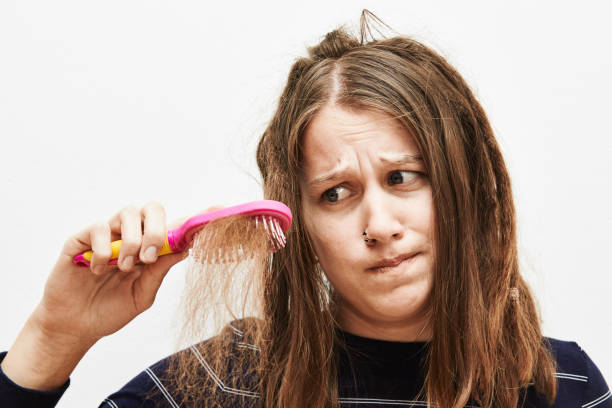
Finasteride Shedding. What is it, and Why it Happens
Finasteride Shedding. What is it, and Why it Happens
Learn about Finasteride Shedding, why it happens, and how it impacts hair growth during your hair loss treatment journey.
You’ve observed a minor decrease in the thickness of your hair when you started taking finasteride. It’s reasonable to wonder if finasteride is making hair loss worse rather than better. Remember that this shedding can occur with any hair loss treatment. Therefore, finasteride is not unique but a common occurrence of these treatments. This article explores the topic of finasteride shedding related to its use, when it is expected to occur, and what to do if you discover that your hair loss has increased while receiving this treatment.
What is Shedding?
First, anagen, catagen, and telogen are the first three stages, which include hair development and maturation and the activity of the hair follicles that generate individual hairs. Although “old” hair sheds during the last, or exogen, phase, new hair often grows in its place. The timeline for each phase varies depending on factors like age, diet, and general health. It’s also known that the average man will experience 50 to 100 hairs falling out daily during normal hair growth stages. As a hair strand nears the end of its life cycle, it will fall out and be replaced by a new one. Genetics or life events can cause excessive hair shedding. Excessive shedding can result from the healing process after surgery or sickness.
Comprehending Finasteride and Its Role in Hair Loss Treatment
To comprehend better, it’s good to dive into the finer details of the drug Finasteride and explore its functions whenever hair loss occurs.

What is Finasteride?
A prescription drug called finasteride is used to prevent male pattern baldness (MPB) and, in certain situations, even reverse it. Finasteride is one of the most effective and widely used therapies for hair loss. Finasteride acts by preventing testosterone from being converted to dihydrotestosterone (DHT). DHT is the hormone that causes hair follicles to shrink and prevent the growth of new, healthy hair. Hair follicles can be revived and re-produce robust, healthy hair because of the DHT-inhibiting function. It is not limited to a specific finasteride administration method; topical and oral forms can cause hair loss. Because it is based on changes in the hair growth cycle, it is crucial to distinguish finasteride shedding from a true medication intolerance or allergic reaction. It’s important to remember that increased shedding does not always indicate that your pre-existing hair loss pattern will worsen. Hair loss associated with finasteride medication typically affects the whole scalp rather than just the hairline or crown, which are thinning areas. The fact that hair loss only affects the scalp and does not appear anywhere else on the body is significant.
Benefits of Using Finasteride for Hair Loss
Prevention and regrowth of hair: Finasteride is very good in delaying male pattern baldness, but it can also help some men grow new hair (see above).
Finasteride can dramatically shrink the prostate gland in people with BPH, which can make urination more comfortable and easier.
Long-term effectiveness: Finasteride's benefits for prostate health and hair loss can last many years if used consistently.
Low dosage efficacy: Finasteride is frequently successful when used at a lower dosage to cure hair loss. This may also reduce the likelihood of adverse effects.

What is Finasteride Shedding?
People should anticipate experiencing transient hair loss after one to three months of starting finasteride medication. Known as finasteride shedding, this hair loss is common and often lasts two weeks. It is an indication that the treatment is effective, but it can also be unsettling. In three to four months, decreased hair loss and hair regeneration will follow finasteride shedding. The regrowth of hair becomes more noticeable after a year. Additionally, hair shedding may result from other hair loss therapies. Examples include dutasteride (where this side effect is known as dutasteride shedding) and minoxidil (minoxidil shedding). Finasteride shedding has no connection to hair loss problems and is temporary.
Why Does Finasteride Shedding Happen?
After beginning to take finasteride to treat hair loss, you are confronted with the sad comedy of finasteride shedding. Do not be alarmed; shedding does not indicate the treatment is ineffective. As your body gets used to the medication, this is a typical and transient side effect of finasteride. Let’s get into the details as to why finasteride shedding occurs.
- The Mechanism Behind Shedding
Finasteride frequently causes temporary hair loss. However, scientists aren’t entirely clear why. Some experts think it might have something to do with your hair development cycle. Each hair on your body goes through a multi-phase cycle that includes specific times for growth, regression, rest, and shedding.One stage of this cycle, the anagen phase, is when your hair reaches its full length before it stops growing and falls out. Your scalp’s hair usually goes through an anagen phase that lasts for a few years. Because it’s significantly shorter for body hair, the hair on your arms, legs, and chest grows naturally shorter than on your face and scalp.
With other hairs at various stages of the development cycle, about 90 percent of the hairs on your scalp are currently in the anagen phase.
Common Triggers for Shedding with Finasteride
Hair shedding while using Finasteride can be concerning, but it is often a natural part of hair restoration. Understanding the common triggers for shedding can help individuals manage expectations and stay committed to their treatment plan.
When starting Finasteride, some individuals experience an initial increase in hair shedding. This occurs as the medication shifts hair follicles into the growth (anagen) phase, pushing out older, weaker hairs for healthier growth.
Finasteride blocks DHT (dihydrotestosterone), which can cause a temporary hormonal imbalance. This adjustment may trigger shedding as the body adapts to reduced DHT levels.
Finasteride can cause a “reset” of the hair growth cycle, leading to synchronised shedding. Hairs previously dormant or miniaturised may shed to allow for stronger, thicker regrowth.
How Long Does Finasteride Shedding Last?
Finasteride shedding is not a common occurrence. There are instances where shedding is so slight that it can’t be distinguished from normal hair loss. At times, it is so obvious that it causes anxiety or fear. Finasteride shedding usually occurs between two and three months and lasts no more than two weeks. It’s normal to be worried about the amount of hair loss at this point, but try not to worry too much. The shedding is good since it indicates that the finasteride has an effect. Continue taking your medication as directed, and take particular care of your hair; it should take care of itself. There is disagreement over the amount of hair that should be shed while starting Finasteride, but don’t worry; it’s common to see visible hair loss for up to four weeks during the first few months. If you see greater hair loss than this, don’t worry; even those without clinical loss lose 50 to 100 hairs daily. Additionally, like everyone else, you will continue to experience hair loss as a normal part of your hair cycle while taking finasteride. However, beginning about 6 to 9 months, you may notice a dramatic decrease in shedding.
Coping with Finasteride Shedding: Tips and Strategies
While shedding can be unsettling, it’s usually temporary and indicates that the medication stimulates new hair growth. How do you cope with finasteride shedding to avoid being stressed?
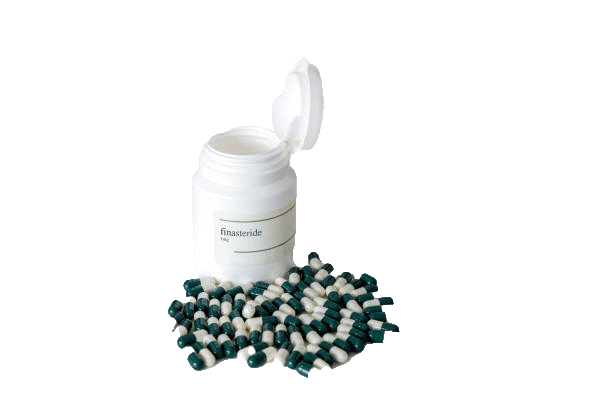
1. Stay Patient and Trust the Process
- Shedding typically lasts a few weeks to a few months and is a normal part of the hair restoration journey.
- Remind yourself that this phase is temporary and paves the way for healthier, stronger hair to grow in its place.

2. Continue Taking Finasteride as Prescribed
- Stopping the medication during shedding can disrupt progress and worsen hair loss.
- Follow your doctor’s instructions and give the treatment time to work, as most users see noticeable results after 6-12 months.
3. Consult with a Dermatologist
- If shedding feels excessive or persists longer than expected, consult your doctor or dermatologist.
- They can assess your progress, address your concerns, and ensure that finasteride is the right treatment for your needs.
4. Maintain a Healthy Hair Care Pattern
- To prevent irritating your scalp, use conditioners and gentle sulfate-free shampoos.
- Avoid over-styling, excessive heat, or harsh chemicals that can weaken your hair during this sensitive period.

5. Incorporate a Balanced Diet
- A nutrient-rich diet supports overall hair health and growth. Focus on foods high in:
- Protein: Eggs, lean meats, and beans.
- Biotin and Zinc: Nuts, seeds, and leafy greens.
- Iron: Spinach, lentils, and red meat.
Omega-3 Fatty - Acids: Fatty fish like salmon.
6. Try Hair Growth Supplements
- Biotin, zinc, and vitamin D supplements can enhance hair strength and growth.
- Always consult with your doctor before starting any new supplements.
7. Manage Stress Levels
- Chronic stress can exacerbate hair loss. Practise stress-reducing activities like yoga, meditation, or regular exercise to promote overall well-being.
8. Use Complementary Treatments
- Pairing finasteride with minoxidil (topical solution) or low-level laser therapy can accelerate regrowth and improve results.
- Speak to your dermatologist to determine the best combination for your situation.
9. Track Your Progress
- Take monthly photos to document changes and monitor improvements over time.
- This can help you stay motivated and recognise progress even during shedding phases.

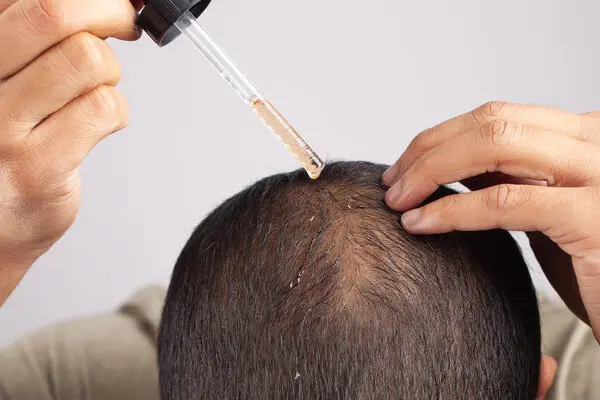
How to Prevent Finasteride Shedding
Finasteride shedding is unavoidable, but it shouldn’t be a reason for fear. Telogen hair is being shed in these strands; their purpose is merely to make room for new hair. Let finasteride take care of itself and concentrate on promoting healthy hair growth. Take into account these suggestions to enhance your hair loss treatment strategy:
Finasteride and topical minoxidil should be used simultaneously.
- Reduce stress by exercising, practising meditation, and using other relaxation methods.
- A diet high in vitamins, minerals, and other nutrients that are good for hair is recommended.
- A shampoo with active chemicals such saw palmetto, caffeine, or ketoconazole should be used.
- Avoid using harsh chemicals or heat styling.
Is it Possible to Stop or Reduce Finasteride Shedding?
Regretfully, most people who take finasteride must experience the shedding phase. The only way to prevent or reduce this transient shedding is to quit using the medication. But if you stop taking finasteride, your natural hair loss will return because DHT production will resume. Finasteride is not a permanent answer to hair loss. Unlike shedding caused by finasteride, genuine hair loss is permanent. Shedding can make you wonder if Finasteride is helping you. However, when using finasteride, shedding is a normal part of the hair development process and indicates that the medication is working, so you shouldn’t try to stop it. Maintaining your prescribed hair loss medication and discussing problems with your trichologist is the best action.
How Can I Use Finasteride to Achieve the Best Results?
Finasteride for hair loss can be used most effectively with other medications and healthy hair care practices.
Use Finasteride and Minoxidil Together: Finasteride and Minoxidil make hair growth more successful, whether applied topically or as a foam.
Apply a shampoo that prevents hair loss: Shampoos that contain saw palmetto and ketoconazole can enhance the effects of finasteride by lowering DHT activity.
Take a vitamin supplement that is good for your hair: Vitamins such as Biotin promote healthy hair but do not specifically stop male pattern baldness.
Take pictures to document your progress: Keeping track of your hair growth progress through photographs will help you gauge how well Finasteride works.
Giving up smoking can help you have better outcomes with finasteride because smoking can make hair loss worse.
The most widely used Finasteride substitutes are given below, along with certain alopecia therapies that are beneficial but do not result in severe hair loss:
Herbal medicines, such as pumpkin seed oil, caffeine, etc.
Spironolactone.
Platelet-rich plasma treatment, or microneedling PRP
Treatment with stem cells
Low-intensity laser treatment
What are the Serious Side Effects of Finasteride?
Although less often, the most severe finasteride adverse effects and what to do if they occur are listed here.
Severe allergic reactions. Serious allergic responses can result from finasteride use. Any signs of a serious allergic response should prompt you to stop taking finasteride and seek medical attention.
- Problems breathing or wheezing
- Heart racing
- Fever or overall malaise
- Lymph node swelling
- Swelling of the neck, mouth, tongue, lips, or face
- Difficulty swallowing or constriction in the throat
- Itching, rash, or hives are pale red pimples on the skin.
- Throwing up or feeling queasy
- Fainting, dizziness, or lightheadedness
- Cramps in the stomach
- Sore joints
In Summary: Treat your Hair Loss At Merchant City Medical Group
You should immediately address your hair loss if you’ve begun to notice bald patches or thinning hair.
There are many possibilities in the early phases of hair loss. But after your hairline has truly receded or you have very little hair remaining on your head, many treatments might not be effective enough to have a significant impact. If this describes you and you have tried every other kind of treatment, you might be considering getting a hair transplant.
We specialise in hair transplantation for both men and women who are self-conscious about their balding or thinning hair.
At Merchant City Medical Group, Make an appointment for a free, no-obligation consultation with one of our doctors to learn more about the different kinds of hair restoration procedures we offer at the clinic. They can guide you through the whole procedure. Make an appointment for a free consultation right now.
Excellence Record
- 30+ Years of combined experience
- 10 + Experts
- 1000 + Satisfied Patients


